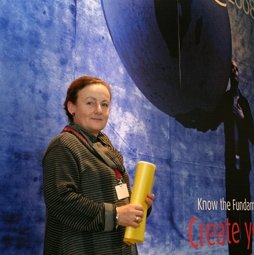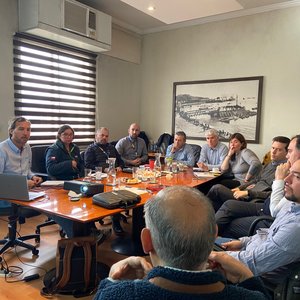Global Aquaculture
The Global Aquaculture Alliance has completed Best Aquaculture Practices standards for tilapia farm certification. Tilapia facilities can now achieve BAP certification by contacting the Aquaculture Certification Council, the international body that implements the certification program.
The tilapia standards are the result of a two-year development process directed by a technical committee chaired by Ecuadorian tilapia specialist Lorena Schwarz, who also participated in the World Wildlife Fund tilapia dialogues. The process benefited from a public review in which comments were received from both conservationists and aquaculture professionals. The standards were also revised following feedback from field trials in
“BAP certification provides a realistic objective for the majority of tilapia farmers, and as such will serve to shift the whole industry on a path to greater sustainability,” BAP Standards Coordinator Daniel Lee said. “As with the BAP standards for shrimp and channel catfish, environmental, social, food safety and traceability concerns are dealt with in a clear and consistent manner.”
The BAP standards and guidelines for tilapia farms, which share many points with the BAP standards for other culture species, apply to cage and net pen farming as well as pond culture. Whatever the system, farms must comply with regulations regarding the use of non-native species. Regular monitoring of water quality and effluents is required. If used, drug treatments must be approved therapeutants applied only to treat diagnosed diseases. The standards also encourage producers to use methods other than hormone treatments to obtain all-male fry.
Lee said one of the most challenging issues facing the tilapia farm committee was how to address the potential of tilapia cages and net pens causing eutrophication in lakes and reservoirs with widely varying levels of circulation. The committee ultimately developed innovative standards that incorporate maximum daily feed input values based on hydraulic retention time classification. The approach is likely to be adopted as a new industry standard, Lee said.











